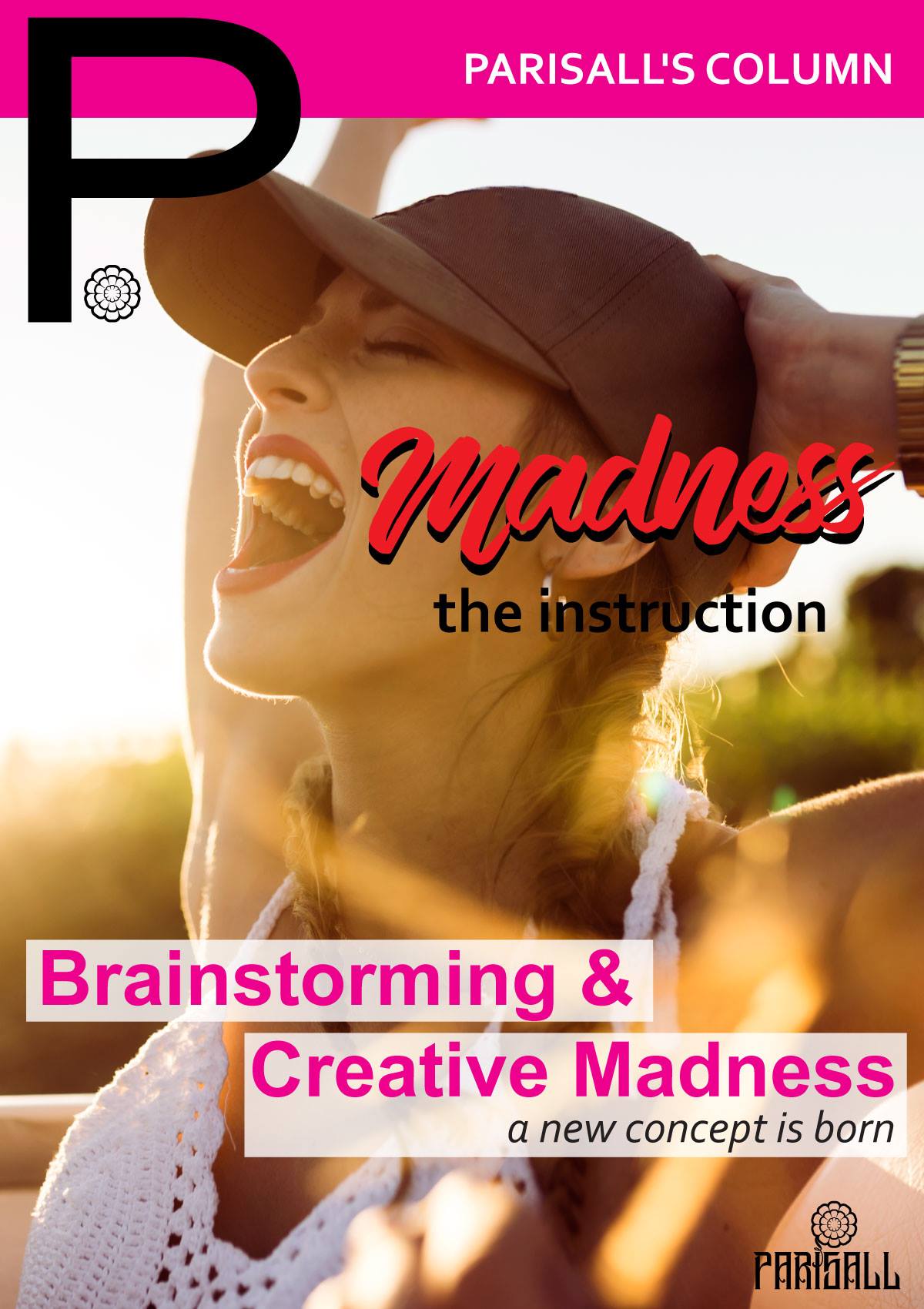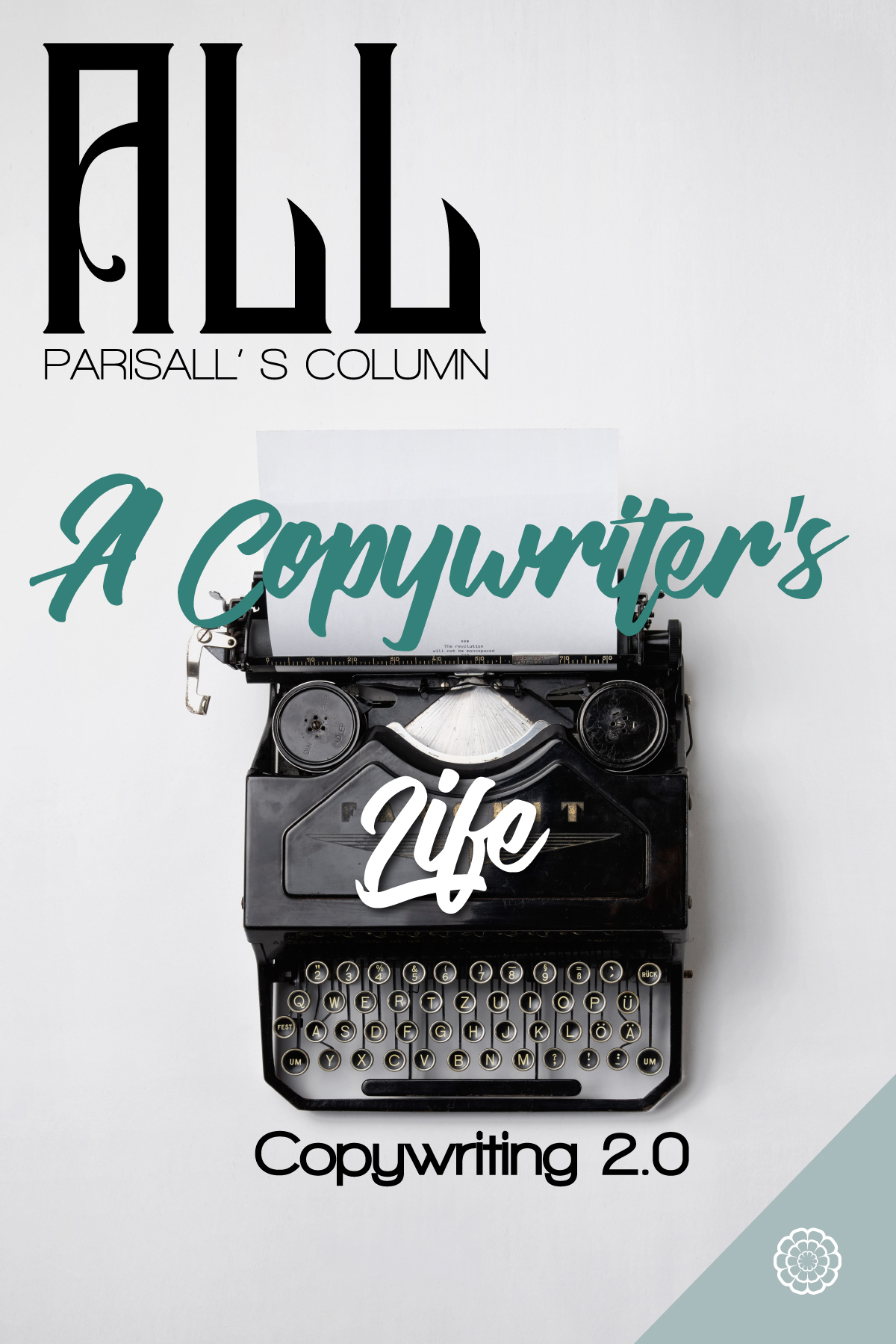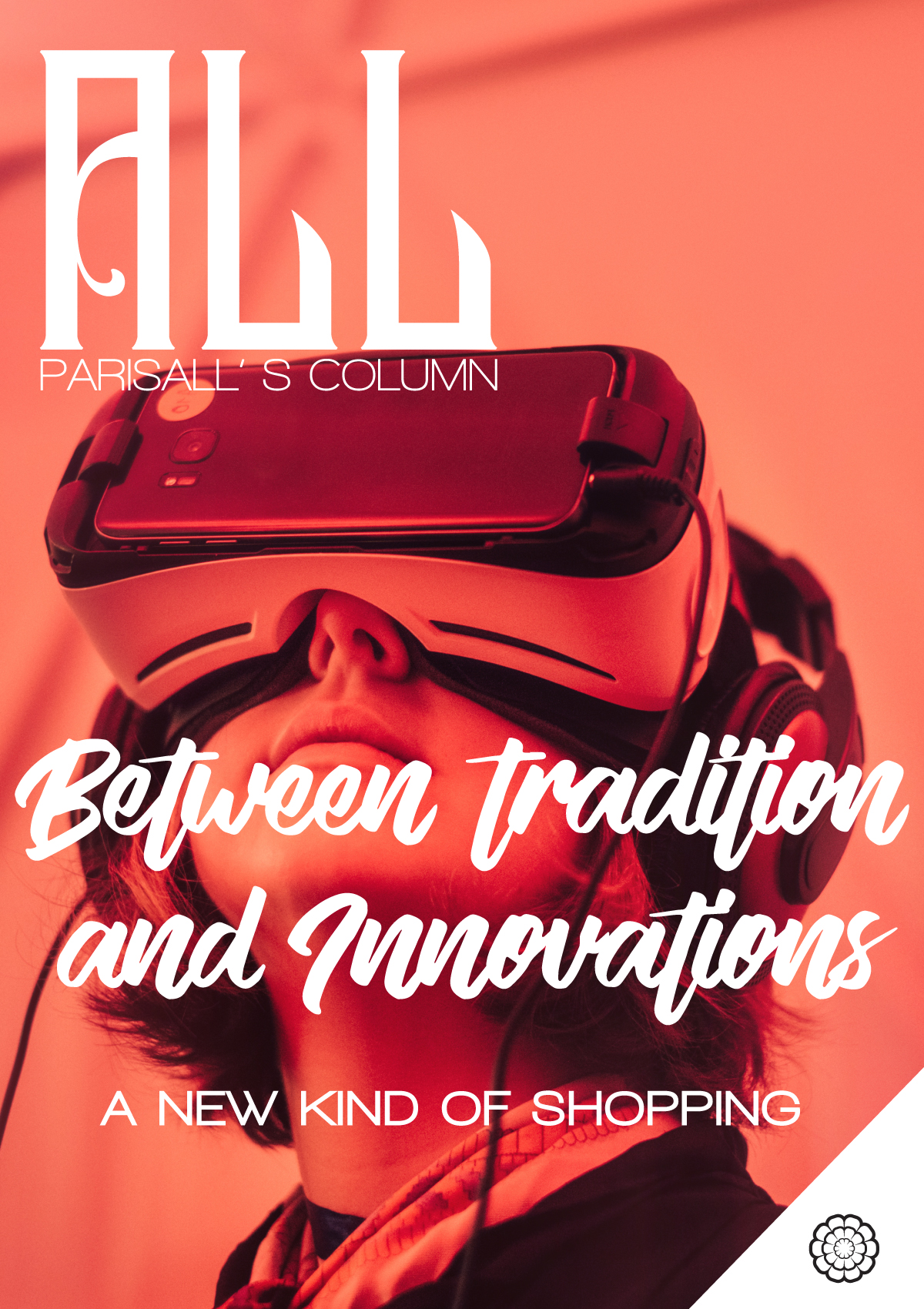Editorial
Yesterday, six, seven people sat around an oval table. In the spacious room, French windows opened on the ever-moving, ever-changing city. They locked themselves up for hours: croissants in the morning, working lunches in the afternoon, pizza boxes in the evening. They had heated debates exchanging opinions and bouncing ideas off of each other. Among tensions, laughs and compromises, they picked the idea that would change the world.
Today, it’s six, seven of us. We live apart, we seat at our desks in front of a screen, good or bad weather doesn’t matter. We joke and muse over our different views, but one thing stays the same: we make our idea come true!
Creative Madness: the instructions
A logo, a leaflet, an advertising campaign, a scenography: all these products, and much more, can be considered art. Behind each of these works, there are innovators who have pushed their limits. They are supported by a team and, together, they get their hands dirty, dealing with the creative chaos within. The team works like a well-oiled clockwork: the copywriter shapes the idea in the form of words; the graphic designer balances creative flair and rigour; the marketing manager adapts the artistic product to the client’s vision. The unit’s life is regulated by the deadlines, feedbacks as they welcome criticism and praises.
A new concept is born
The idea is an impulse that travels around, through meticulous scrutiny and debates, the group develops it and improves it.
With tools such as their experience, knowledge, and expertise, the idea changes aspect. From mere inspiration, it becomes a jumble of words and shapes, before it settles in the coherent message the client expects.
The practice of brainstorming has evolved, but collaboration remains its main feature; the moment professionals from all sorts of backgrounds and with their unique sensibilities meet, argue, and challenge each other, they can come up with the project that can shift the way we experience reality.
Creativity has a double nature: it feeds off of experience and dreams, impressions and skills. It’s like a carefree child, ready to run towards a new adventure moved only by curiosity, oblivious of their limits.
“Only who dreams can fly”… but this is a story for another time.
They are supported by a team and, together, they get their hands dirty, dealing with the creative chaos within.







